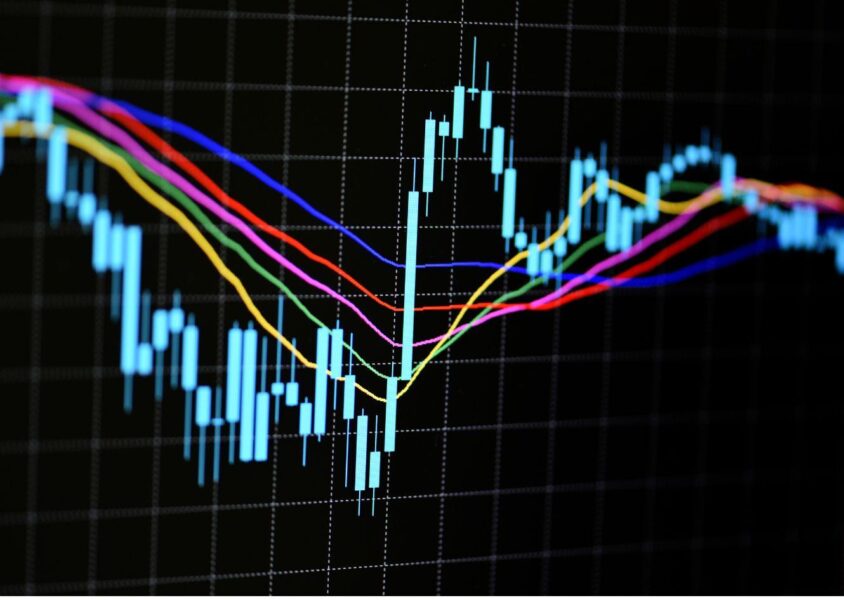Futures And Options For Risk Management

Futures and options are financial instruments that can be used by a wide range of market participants, including individual investors. However, it’s important to keep in mind that futures and options carry a high level of risk and may not be suitable for all investors.
Futures and options can be complex instruments that require a certain level of knowledge and expertise to trade effectively. They involve the risk of loss and can fluctuate significantly in value over a short period of time. As a result, it’s important for individual investors to thoroughly understand the risks and characteristics of these instruments before deciding to use them as part of their investment strategy.
Futures and options are both financial instruments that are used to speculate on or hedge against potential price movements in an underlying asset. However, there are some key differences between the two:
Obligation: A key difference between futures and options is the level of obligation involved. With a futures contract, the buyer is obligated to buy the underlying asset at a specific price on a specific date in the future, while the seller is obligated to sell the asset. With an option, the holder has the right, but not the obligation, to buy or sell the underlying asset at a specific price on or before a specific date.
Risk: Futures contracts involve a higher level of risk compared to options. Because the buyer is obligated to purchase the underlying asset, they are exposed to the risk of loss if the price of the asset declines. With an option, the holder has the ability to walk away from the contract if the price of the underlying asset does not move in their favor, which limits their potential losses.
Premium: Another difference between futures and options is the cost of the contract. Futures contracts typically do not involve an upfront premium payment, while options contracts do. The premium is the price that the option holder pays to the option writer for the right to buy or sell the underlying asset.
Futures and options are used by a wide range of market participants, including speculators, hedgers, and arbitrageurs.
Speculators: Speculators are individuals or institutions that buy or sell futures or options contracts with the intention of profiting from price movements in the underlying asset. Speculators assume the risk of price movements in exchange for the potential for profits.
Hedgers: Hedgers are individuals or institutions that use futures or options contracts to protect against potential price movements in an underlying asset. For example, a farmer might sell a futures contract on wheat to hedge against the risk of a decline in the price of wheat.
Arbitrageurs: Arbitrageurs are individuals or institutions that buy and sell futures or options contracts in order to profit from price discrepancies between different markets. They seek to take advantage of price differences between different exchanges or between different contracts on the same exchange.
Futures and options contracts are typically traded on exchanges, which are central marketplaces where buyers and sellers can come together to trade financial instruments. Some well-known exchanges for trading futures and options include the Chicago Mercantile Exchange (CME), the Chicago Board of Trade (CBOT), and the New York Mercantile Exchange (NYMEX).
In addition to exchanges, futures and options can also be traded over-the-counter (OTC), which means that they are traded directly between two parties rather than on a central exchange. OTC markets can be less transparent and may involve higher fees and counterparty risk compared to exchanges.